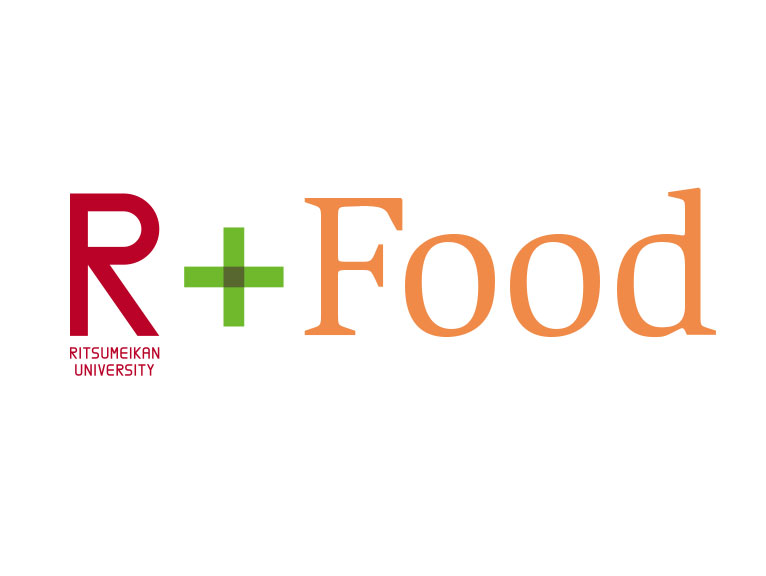STORY #8
Advertising,
That Implies Hidden Qualities
Takashi Hayakawa
Professor, College of Policy Science
Is it possible for Foods with Function Claims advertising to win consumers’ hearts?
Let’s say you come across a recently-launched canned coffee at a convenience store. You can’t know of course whether it tastes good unless you buy it. Will you buy it or not?
“Those products or services whose true value can be revealed only after purchasing or trial use are referred to as ‘experience goods.’ Products or services that can be evaluated easily before purchasing by their appearance are known as ‘search goods’, while ‘credence goods’ are those whose quality cannot truly be recognized for a substantial period of time after purchasing or starting to use. A typical example of credence goods is life insurance,” explains Takashi Hayakawa, who studies the field of marketing communication—the communication of the value of products and services to consumers.
It is easy to tell a lie about the quality of experience or credence goods, if a seller want to do so. Therefore, if there were no mechanisms to prevent sellers to deceive, the market would be flooded by unreliable experience or credence goods, which make the market mechanism cease to function sooner or later. The license mechanism is one of the effective means for keeping the quality of experience or credence goods high enough to maintain the function of market.
“In academic parlance, a mechanism—such as a license—that communicates and guarantees hidden functions and qualities of products is known as quality signaling,” says Hayakawa. The term of “signaling” means actions to help transaction to be settled by informing of hidden qualities, which can't be known directly, through providing the “signal” that is an indirect but obvious clue of hidden qualities. Advertising is also a way of quality signaling. It is true that advertising attracts consumers by well-refined messages and thereby increase sales of seller-advertiser. On the other hand, interest and attention of buyers-audience raised by advertising eventually make it function as a “signal.” If the message gives a false impression of the quality, the level of interest and attention will directly serve as a force to punish the advertiser.

Most foodstuffs are experience goods. Major food manufacturers are well known because they properly communicate hidden quality though “signal” including advertising. In the area of food advertising, Hayakawa discusses The Foods with Function Claims, for which “advertising must play especially important roles as ‘quality signals.’” The system of “Foods with Function Claims” was enforced in April 2015 as a new framework for the regulation of food with functional claims. Different from Foods for Specified Health Uses (FOSHU), which require strict screening on a national level as well as clinical testing, Foods with Function Claims do not require clinical testing, and their functions may be indicated in the form of scientific research reviews proving the mechanisms of their components. The system of Foods with Function Claims was introduced as a deregulatory move aimed for consumer benefit at increasing the number of health foods that can indicate their effects and efficacy in an easy-to-understand manner.
“If it’s easy to obtain an indication for a food with a functional claim, the effect of the license as a quality signal is weak. So it’s necessary to compensate for this weakness with a different signal,” says Hayakawa. “One of the way for it is advertising.”
By clearly indicating the health functions of foods, with functional claims, advertising was expected to be able to communicate those functions more effectively. As such, they were actively developed with a view to increasing sales. However, in reality, goods registered as Foods with Function Claims have sometimes seen a decrease in sales from the level prior to registration. “The advertising messages regarding effects and efficacy that are allowed for Foods with Function Claims may not win the hearts of consumers,” says Hayakawa. Counterintuitively, deregulatory moves expected to enrich advertisement expressions may in fact narrow down the range of expressions.
If sales of registered goods do not increase, people may eventually stop using the system. “In any case, advertising has the function of properly communicating the value of a product to consumers, so sellers need to improve their advertising skills, while regulators should continue their efforts to adjust the system such that it meets the original purpose of the policy,” Hayakawa says.
The issue of marketing communication is closely related to that of market information that affects the viability of the market at its very core. “In particular, in the case of food whose quality may threaten life, the role played by marketing communications is substantial,” says Hayakawa, illustrating the significance of his research.

- Takashi Hayakawa
- Professor, College of Policy Science
- Subjects of research: Advertising as a mechanism assuring product quality, asymmetric information matters of industrial goods markets
- Research keywords: Commerce, management, economic policies
































